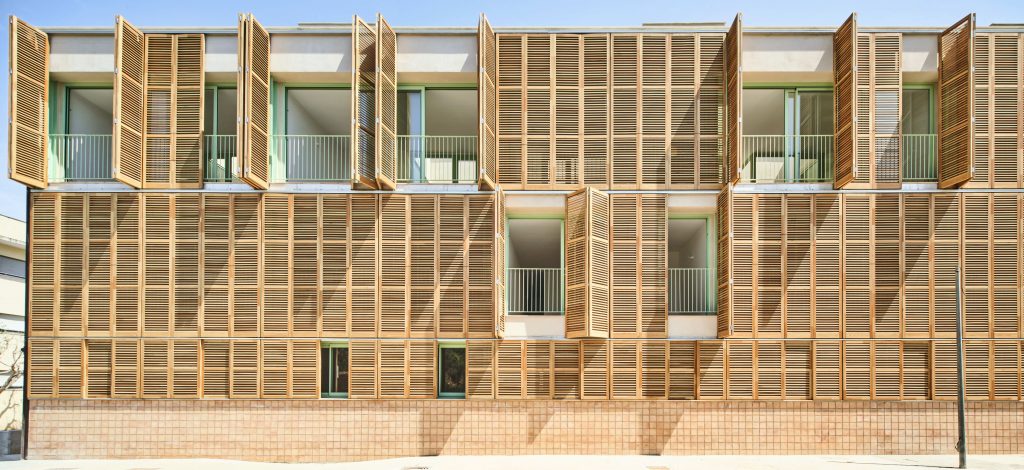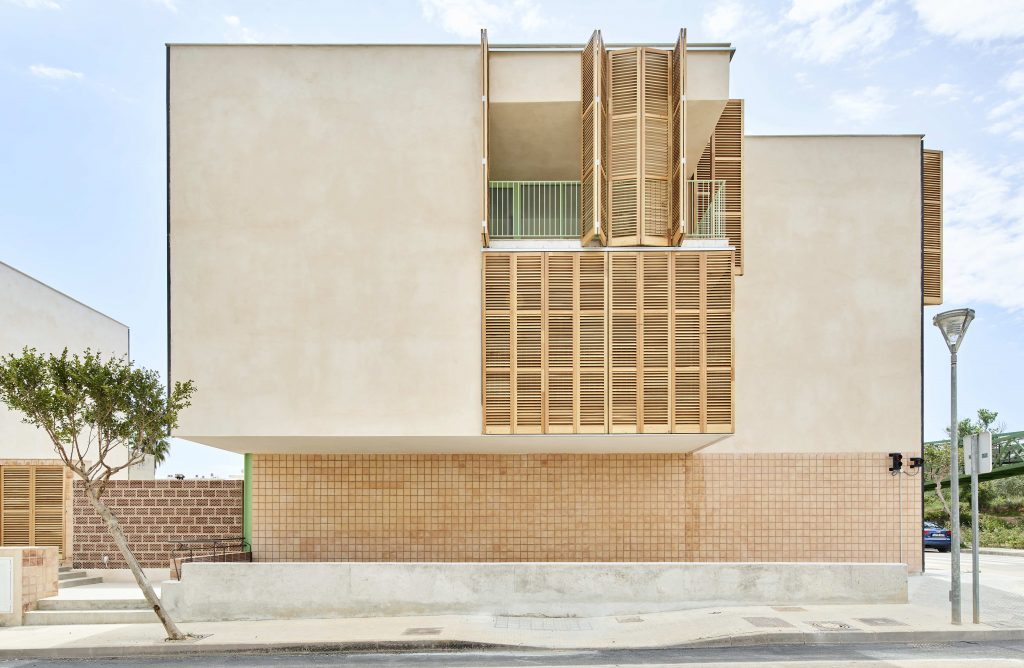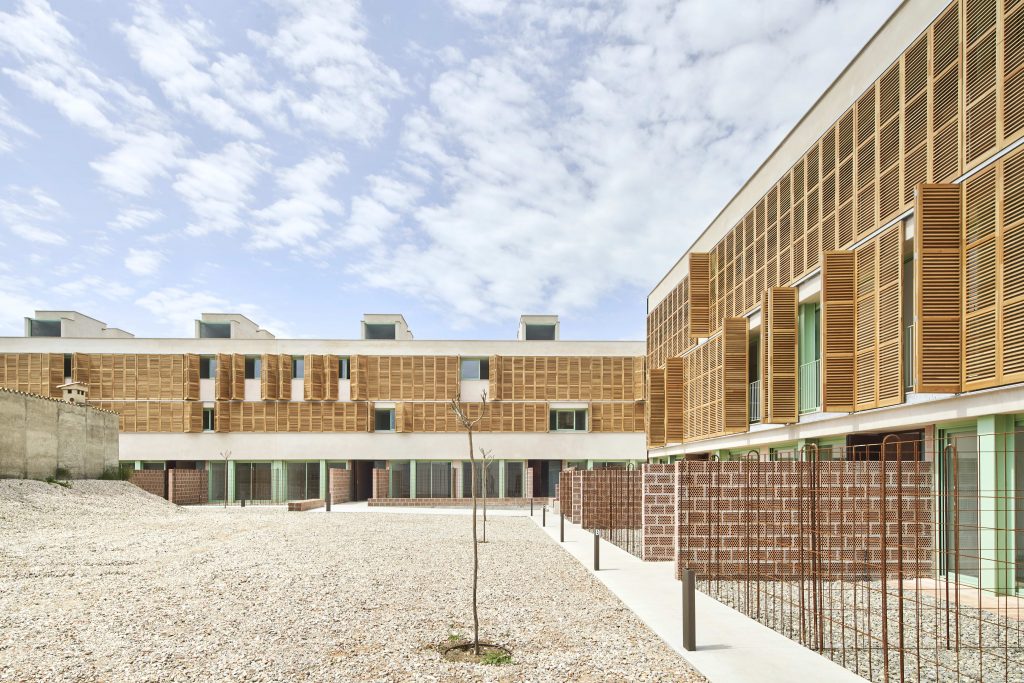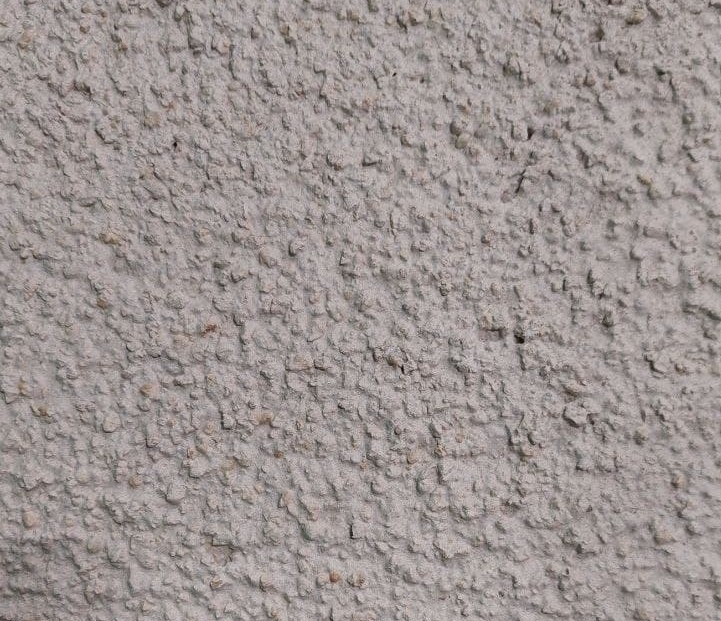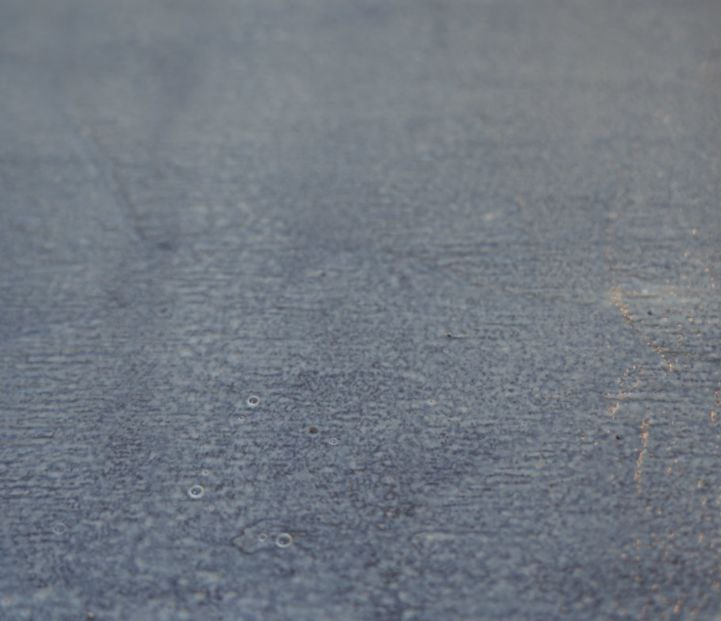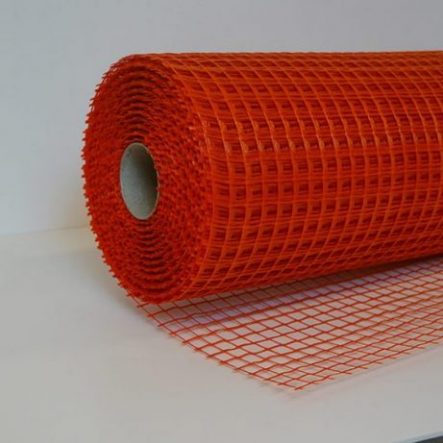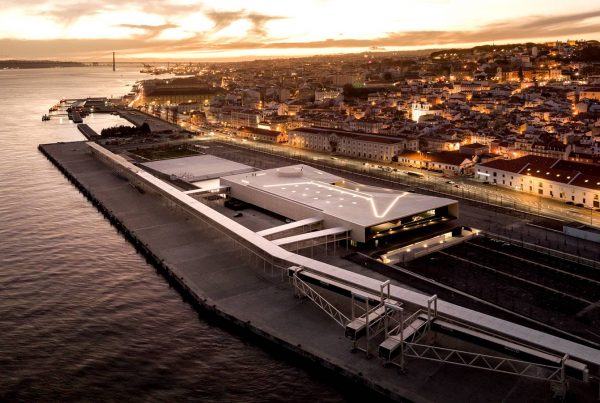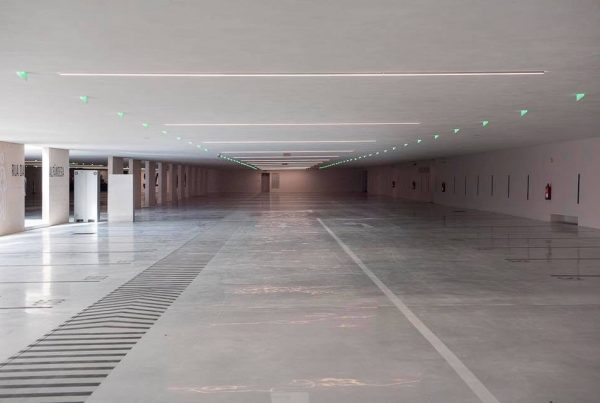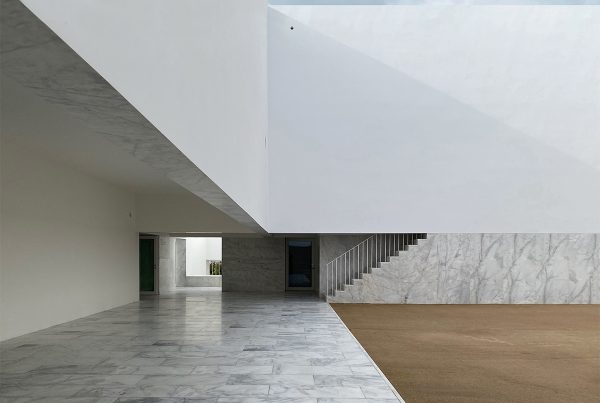An nZEB project that combines comfort and sustainability. These are the two keywords of the project aimed at the construction of a new residential complex with high energy efficiency in the city of Inca, in Mallorca.
The photos were made by the artist and photographer Jose Hevia.

